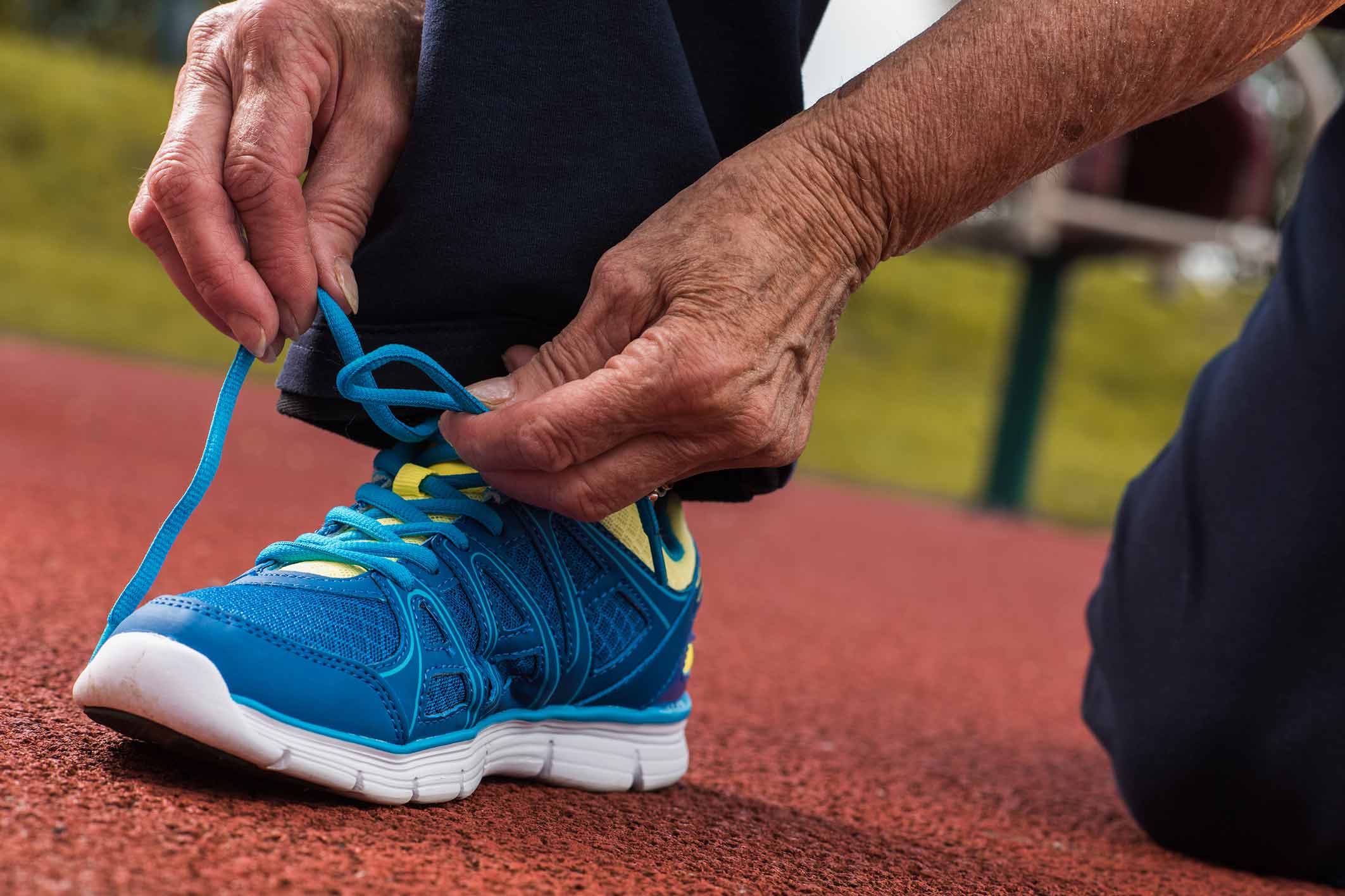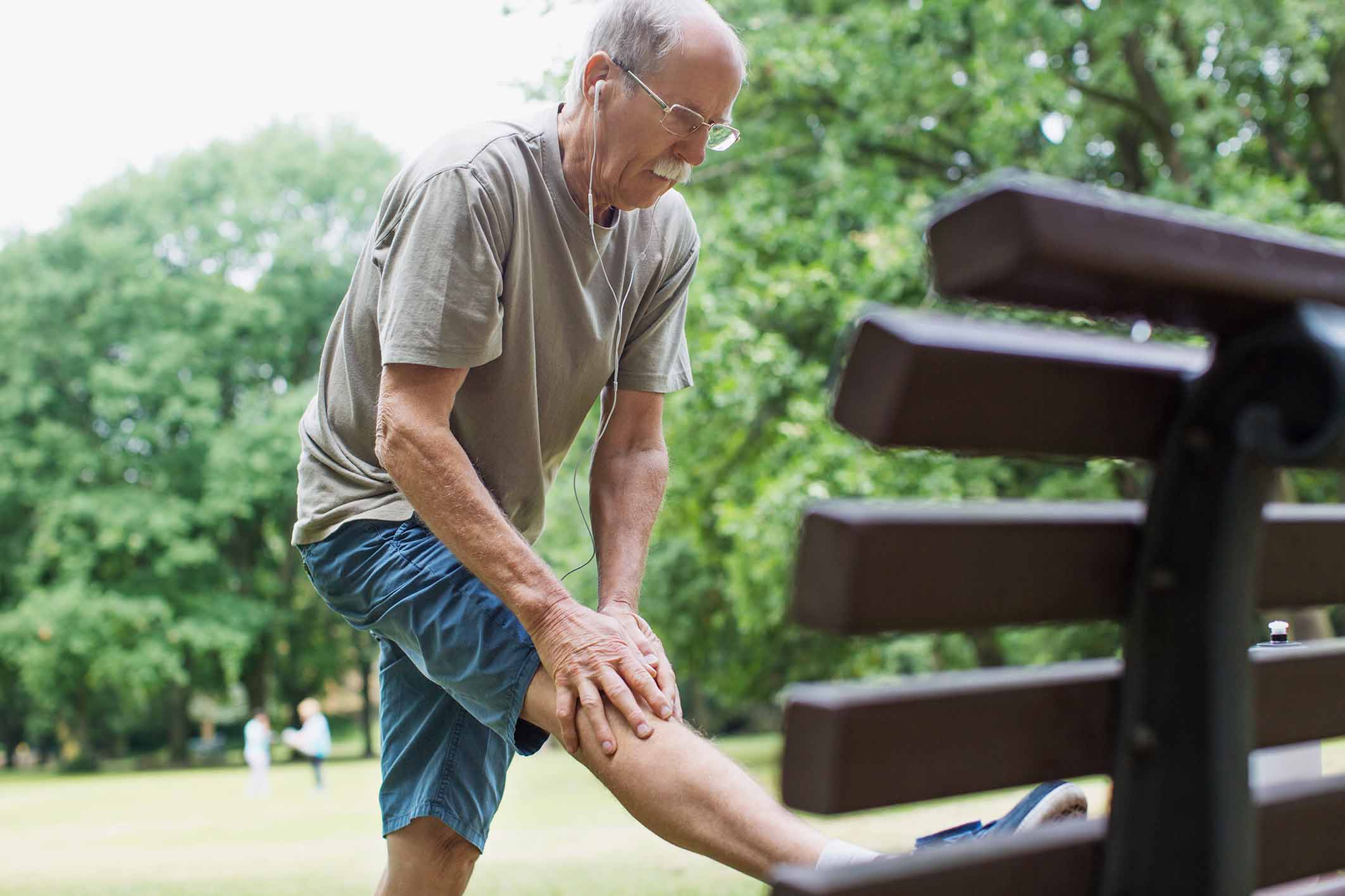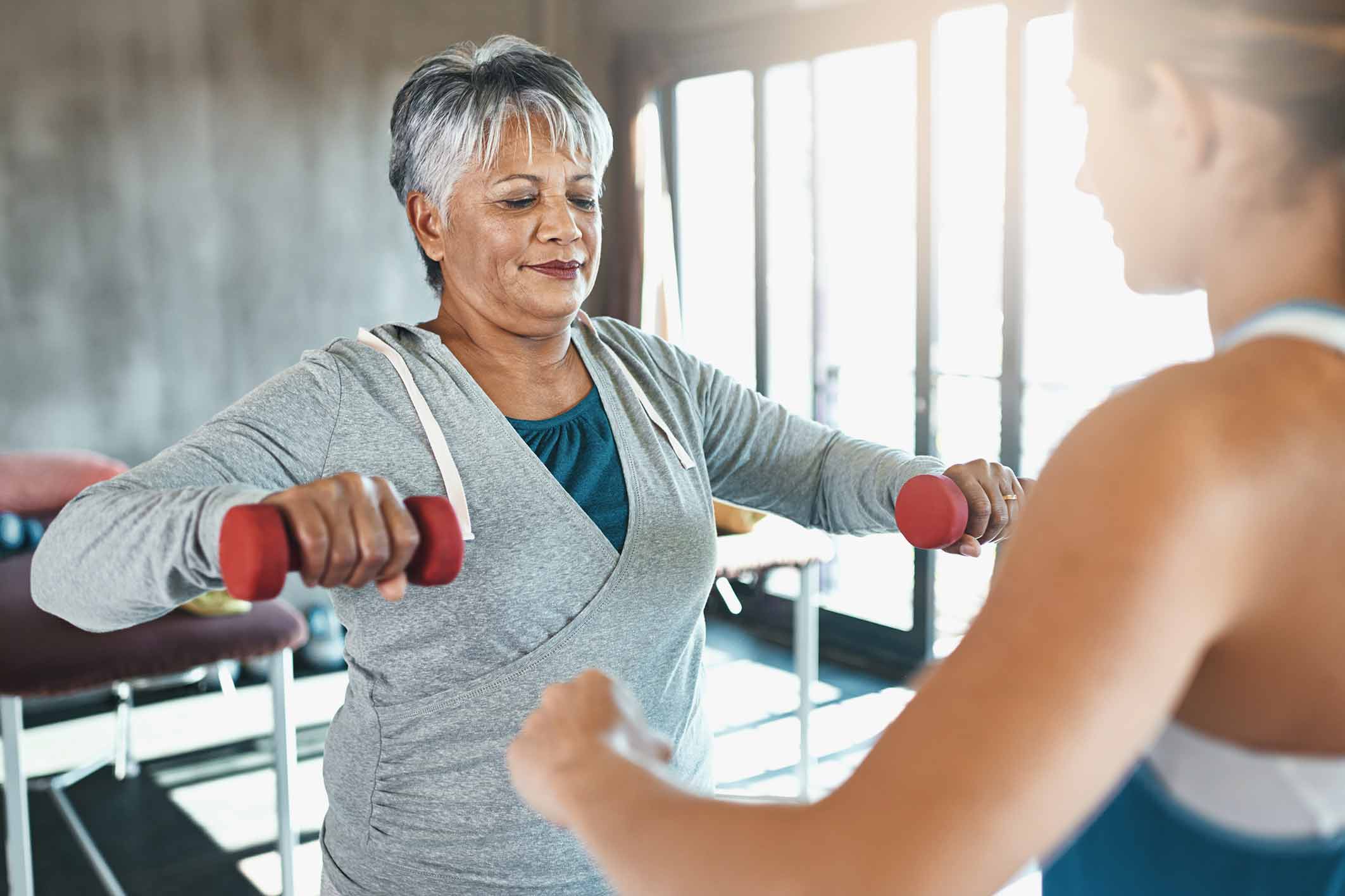Emotions That Come With Chronic Pain
There is an overlap in the brain between feeling emotion and pain. This overlap may provide a path for people to gain control over their chronic pain.
According to Ashley Boynes-Shuck, a blogger and health advocate, being positive and staying hopeful while helping other people has been a wonderful way to get through the pain.
As more attention is being given by the scientific community, it is becoming more evident that the brain has evolved a certain amount of overlap between its emotion and pain centers. According to a practicing physician, “the areas of our brain that are associated with sensory perception, they share real estate with the areas of our brain that are involved in the processing of emotions.”
Since emotions are closely linked to the sensory centers of the brain, emotions may determine in part, our perception of pain in our bodies. People with chronic pain often avoid exercise and social interaction which are two activities that can often times provide relief.
Moreover, pain itself may increase negative emotions. Getting up every day with debilitating pain that will not stop can lead to frustration, resentment, and stress. People with chronic pain are also more likely to develop mood or anxiety disorders. Additionally, depressed individuals have three times the possibility of developing chronic pain. The subsequent cycle is hard to break.
Understanding the way emotions play a role in how we experience pain may provide some relief. There are many different options for dealing with chronic pain, from being evaluated by a physician or psychologist, to trying other methods like biofeedback, acupuncture, and yoga. Exercise of any kind is also a very helpful treatment for pain. Since its different for every person, depending on their age and their condition, its important to seek out personalized medicine and to find a balanced treatment.
Article Provided By: PainScale

If you would like to discuss what Carolina Pain Scrambler do to help relieve your chronic pain symptoms or receive more information on our treatment process, please do not hesitate to call us at 864-520-5011 or you can email us at info@carolinapainscrambler.com























